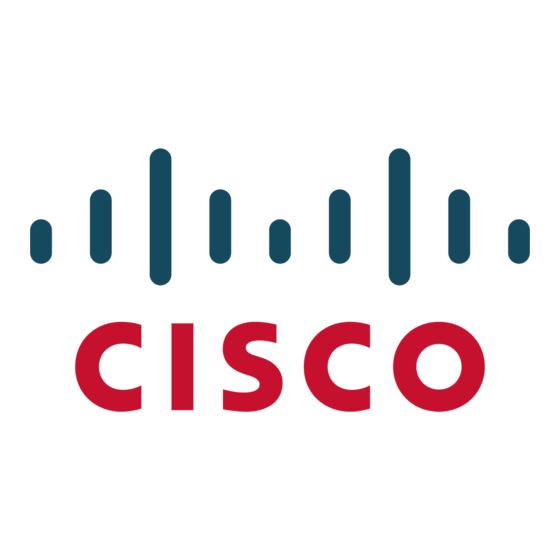Prerequisites
–
–
–
–
–
–
–
For information about configuring your TFTP server, refer to your operating-system documentation.
•
A DHCP server is configured on your network.
The phone can use DHCP to obtain IP addresses. Configuration options are as follows:
–
–
–
–
–
–
If you do not configure DHCP options on the DHCP server, you must manually configure them on
the phone. For information on configuring a DHCP server, refer to your operating-system
documentation.
A proxy server is active and configured to receive and forward SIP messages.
•
Cisco Unified IP Phone 7960G and 7940G Administration Guide for Release 8.0 (SIP)
3-2
Latest firmware image (P0S3-xx-y-zz.bin)
The Cisco SIP IP phone firmware image. The xx variable represents the major version number,
the y variable represents the minor version number, and the zz variable represents the subversion
number.
Note
Applies to Cisco SIP IP Phone Release 3.0 and later.
For more information, see the
Reboot Remotely" section on page
Dual-boot file (OS79XX.TXT)
After downloading this file, you must use an ASCII editor to open it and specify the filename
(without the file extension) of the image version that you plan to run on your phones.
Default configuration file (SIPDefault.cnf)
For more information, see the
to Customize the Default Configuration File" section on page
Phone-specific configuration file ( SIPXXXXYYYYZZZZ.cnf)
XXXXYYYYZZZZ is the MAC address of the phone.
Ring-list file (RINGLIST.DAT)
A file listing audio files that are the custom ring type options for the phones. These audio files
must also be in the root directory of the TFTP server.
For more information, see the
Rings" section on page
4-1.
Synchronization file (syncinfo.xml)
Controls the image version and associated synchronization value to be used for remote reboots.
Dial-plan file (dialplan.xml)
For more information, see the
Reboot Remotely" section on page
dhcp option #1 (IP subnet mask)
dhcp option #3 (default IP gateway)
dhcp option #6 (DNS server IP address)
dhcp option #15 (domain name)
dhcp option #50 (IP address)
dhcp option #66 (TFTP server IP address)
Chapter 3
"How to Upgrade Your Cisco SIP IP Phone Firmware Image and
4-3.
"About Configuration Files" section on page 3-3
"How to Customize Cisco Unified IP Phone 7960G and 7940G
"How to Upgrade Your Cisco SIP IP Phone Firmware Image and
4-3.
Initializing Cisco Unified IP Phones
and the
"How
3-4.
OL-7890-01

